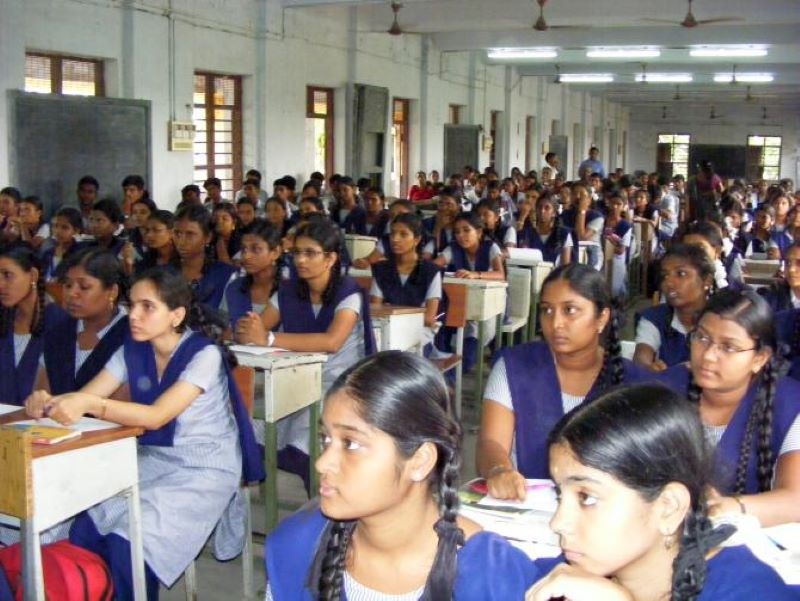Multi-disciplinary system, HEIC main highlights of NEP

New Delhi, July 29: Multidisciplinary system in the higher education and a single regulator for Higher Education and renaming the HRD Ministry as Shiksha Mantralaya are the major highlights of the New Education Policy.
The NEP also envisaged the Higher Education Council of India (HEIC) as a regulator for higher education. It will function as a common, single regulator for the higher education sector including teacher education.
The NEP released today the HRD Ministry announced its aim to increase the enrollment to 50 percent by 2035. For this, the holistic and multi-disciplinary education with the flexibility of subjects will be allowed, said HRD Secretary Amit Khare.
The NEP proposed a broad-based, flexible leaning with all universities and colleges becoming multidisciplinary by 2030. The NEP also proposed scrapping of the M Phil program and reintroduction of the four-year undergraduate program in liberal arts science education (LASE) with multiple exit options.
Pursuing a Ph.D. will now require either a Master’s degree or a four-year Bachelor’s degree with research.
The Ministry of Human Resources Development (HRD) s renamed as Ministry of Education in the NEP.
It is worth noting that the Ministry of Human Resource Development was called education ministry before 26 September 1985, when PV Narasimha Rao became the first HRD minister in the Rajiv Gandhi Cabinet. Subsequently, the next year, 1986, the New Education Policy was introduced.
The Union Cabinet, meanwhile, has given its approval to the New Education Policy. The new academic session, which is likely to begin in September-October this year after a delay due to the ongoing COVID-19 lockdown, will see the introduction of the new education policy.
The draft of the policy was prepared by a panel of experts led by former Indian Space Research Organization (ISRO) chief K Kasturirangan.

